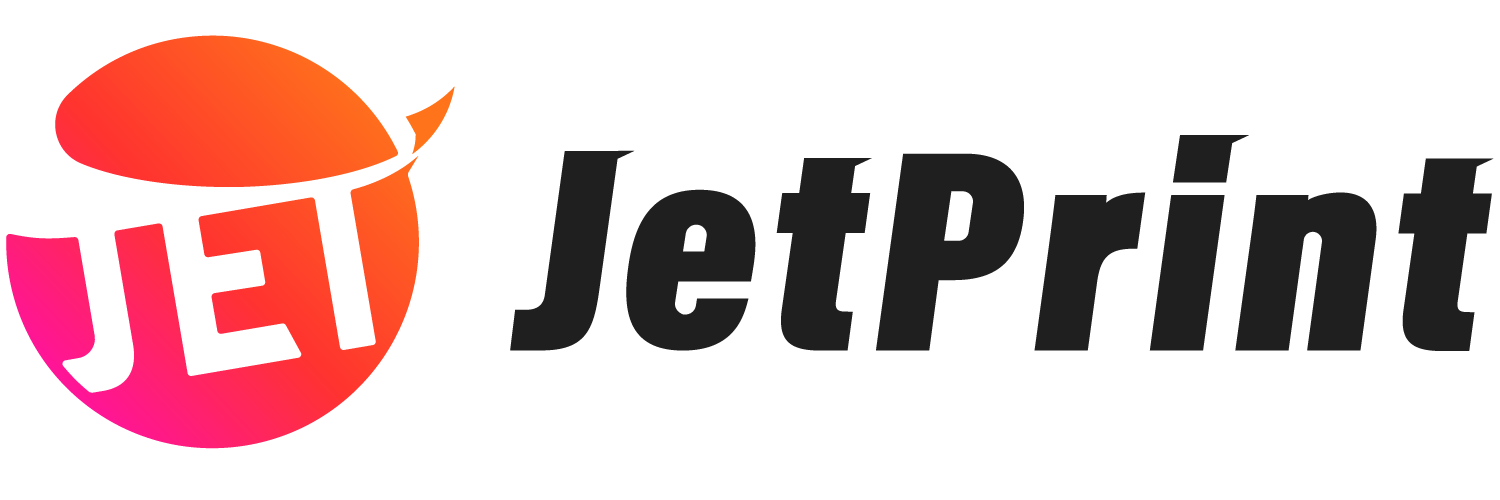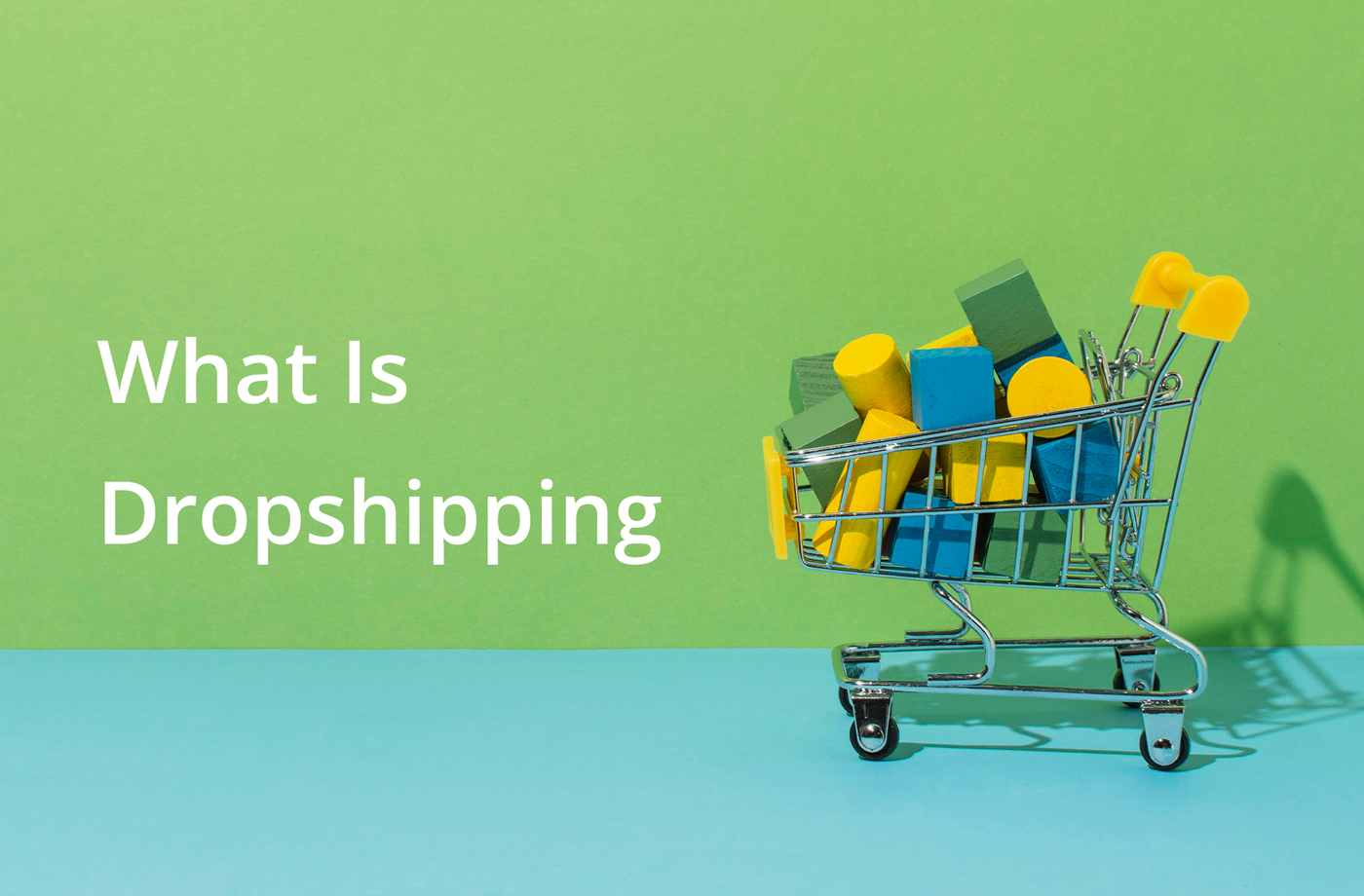In this article, we’ll guide you through a comprehensive understanding of dropshipping, including what it is, how it works, the pros and cons, and more.
What is dropshipping?
Dropshipping is a model of order fulfillment where a store does not keep the products it sells in inventory. Instead, when a store sells a product, it purchases the item from a third party and has that third party ship it directly to the customer.This means sellers do not have to handle the dropshipping products directly, which can significantly lower the barrier to entry for opening an online store.
How does dropshipping work?

The following is the order in which the standard dropshipping process is followed:
1. Seller cooperate with suppliers
In any e-commerce model, choosing the right supplier is crucial because they handle inventory and product transportation. You can work with one or multiple suppliers, as your product offerings may vary.
If the supplier has their own website, the cooperation is usually non-contractual; you simply register for an account and agree to their policies.
2. Seller pulish products to the store
Many suppliers are integrated with various e-commerce platforms (like Shopify, WooCommerce, and Etsy), allowing you to sync products directly from the supplier’s app to your online store.
When creating a listing, it’s essential to fully understand your products’ features and create an eye-catching product description to attract potential customers.
3. Seller receives order
When a customer places an order through your store, the order information (including product details and the customer’s delivery address) is synchronized with your supplier, and the order will be marked as pending payment or pending status with the supplier.
4. The seller places an order with the supplier
You need to log in to the supplier’s platform to view the corresponding order and pay for the product and shipping fees. At this point, the order status changes to Paid.
5. Supplier production and shipping order
Once the order is placed, the supplier takes over. They either produce the product or retrieve it from inventory, then ship it directly to the customer, often using the seller’s branding to ensure a consistent brand experience.
6. Buyer receives product
The customer receives their product, completing the dropshipping cycle. However, the seller’s role doesn’t end there; they should follow up with the customer to ensure satisfaction and encourage feedback, which can help improve the business.
Roles involved in dropshipping

There are two main roles in dropshipping: suppliers and sellers.
Supplier
Manufacturers or wholesalers who provide products. They handle product fulfillment and shipping directly to customers.
You can use multiple suppliers for your products, and you can utilize several suppliers for the same product to avoid stock shortages from a single company.
Seller
Sellers are entrepreneurs who market products and manage customer relationships. They are responsible for creating an attractive online presence, attracting customers, and ensuring a smooth and pleasant buying experience.
Sellers need to pass the orders they receive to suppliers for processing.
Advantages of dropshipping
Low cost
Since you don’t need to invest in inventory or manage it in advance, you can even run your dropshipping business from home. You also don’t need to invest in machines; a computer can handle all the steps.
Flexibility
You can run your business from anywhere with an internet connection. This flexibility is particularly attractive for digital nomads or people looking for a side hustle.
Wide selection of products
You can choose any supplier and use their products without worrying about storage space. You can even list products from various categories in your store.
Beginner-friendly
Creating a listing is simple—just sync the product information to your store. The rest is up to you in terms of marketing. There’s no need to have design skills like with print on demand, making it easy for novices to enter the e-commerce industry.
Disadvantages of dropshipping
Low profit margins
The entry barrier to dropshipping is very low, which leads many people to use this model to run their own stores, resulting in fierce competition. Businesses often resort to undercutting each other’s prices, and lower prices mean lower profits.
Fierce competition
Due to low startup costs and minimal investment, too many people focus solely on the “low cost” aspect, ignoring that many sellers have noticed this and are scrambling to enter the market, leading to fierce competition.
Dependence on suppliers
Opening a store involves selling products, which are the “lifeblood” of the business. The quality and delivery of your products depend entirely on your suppliers. If a supplier encounters issues, this can create significant challenges.
If you use multiple suppliers, when the same customer purchases several products, there will be differences in shipping times because the items come from different sources.
Difficult brand building
Sellers often rely on generic packaging provided by suppliers, making it hard to create a unique brand image that resonates with customers.
Low barriers to entry mean that many sellers can offer similar products. When multiple stores sell the same items at comparable prices, it becomes challenging to differentiate your brand.
Inventory issues
Since you cannot control inventory, stock levels may fluctuate. If a product is out of stock, it can lead to delayed shipments and dissatisfied customers.
Related article: What Is Branded Dropshipping? How to Start?
Is dropshipping right for you?

To determine if dropshipping is right for you, consider whether the following characteristics apply:
You focus on selling products, not building a brand
Selling products is a fundamental aspect of e-commerce. Some sellers opt to create their own brands for long-term profits and to cultivate loyal customers.
However, this approach doesn’t suit dropshipping, as building a brand necessitates control over product quality and packaging, which fosters customer trust. Unfortunately, dropshipping suppliers often lack brand customization services or have limited branding options.
You’re okay without full control over inventory
If you’re only interested in ordering samples and don’t want to manage orders consistently, dropshipping might be a good fit. The production of the product is completely controlled by the dropshipping supplier, meaning you won’t have control over your products until they’re shipped.
You have limited funds
A key advantage of the dropshipping model is its low cost. You only pay the dropshipping supplier when orders come in, allowing you to keep the profit margin. If you’re low on funds and want to enter the e-commerce space, dropshipping is an ideal choice.
You prefer not to manage products and shipping
If you’d rather not deal with product or shipping logistics, dropshipping is the best option. In this model, third-party suppliers produce products, manage inventory, and handle shipping, making it an excellent solution for sellers who want to avoid these responsibilities.
You want to use dropshipping as a side job
Dropshipping is great for those seeking a side job, allowing you to manage products and orders anytime and anywhere. The model requires minimal time for inventory management, enabling you to concentrate on marketing. You can even run your store in your spare time.
Conclusion
Dropshipping is still the choice for most e-commerce beginners.
However, dropshipping isn’t a long-term solution for sellers who want to maximize profits and operate sustainably. If you only plan to use dropshipping as a side gig, it’s perfectly adequate.
Print on demand enables you to create your own designs and customize your brand packaging, addressing the main drawback of the dropshipping model. You won’t have to worry about others selling the same product and engaging in price wars, and you don’t need to worry about not being able to create your own brand.
Related article: Print on Demand vs. Dropshipping: What Is the Difference?
FAQ
Is dropshipping legal?
Yes, dropshipping is legal.
Related article: Is Dropshipping Legal?
What is the difference between dropshipping and retail arbitrage?
Dropshipping involves selling products directly from a supplier without holding inventory, while retail arbitrage is buying discounted products from retail stores to resell them at a profit.
Is dropshipping profitable?
Yes, dropshipping can be profitable, but that doesn’t mean you’ll definitely make money. It depends on factors like product selection, pricing strategy, and marketing efforts.
Related article: Is Dropshipping Worth It
Can I start dropshipping without money?
You can start with minimal money since you don’t need to buy inventory upfront, but you’ll still need money for marketing and website setup.
How long will it take for me to get sales?
The time it takes to get sales can vary widely. Some may see sales within a few days, while others might take weeks or months, depending on marketing and product demand.
How do I handle returns in dropshipping?
You need to understand your supplier’s return policy and create your own return policy based on it. Generally, returns are sent back to your supplier, so when issues arise, you should communicate with them.
What is the best e-commerce platform for dropshipping store?
Popular e-commerce platforms for creating a dropshipping store include Shopify, WooCommerce, and Etsy. Each platform has its own advantages and disadvantages, so you should choose based on your needs.


0 Comments